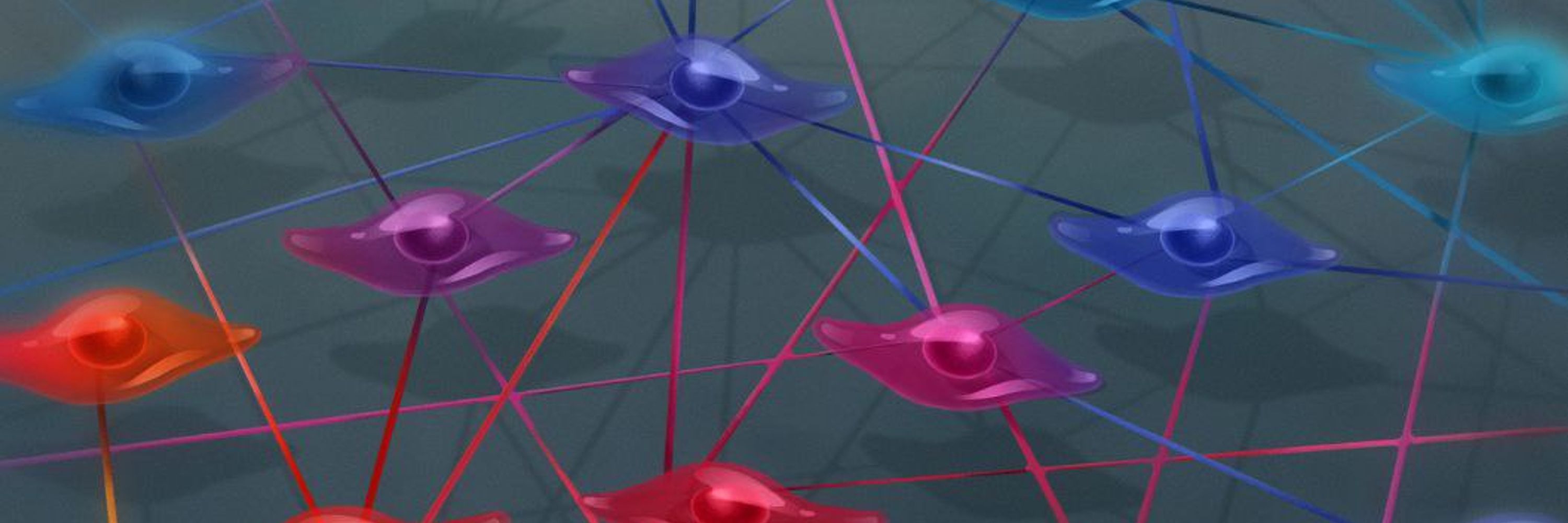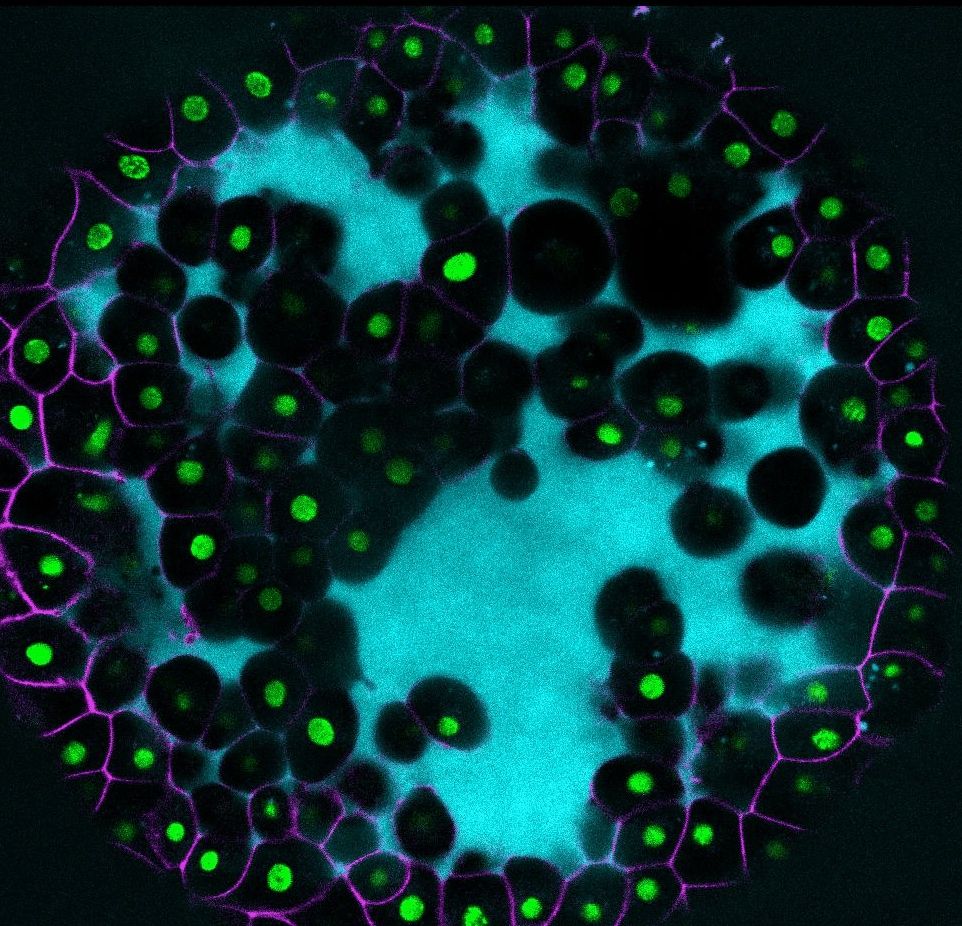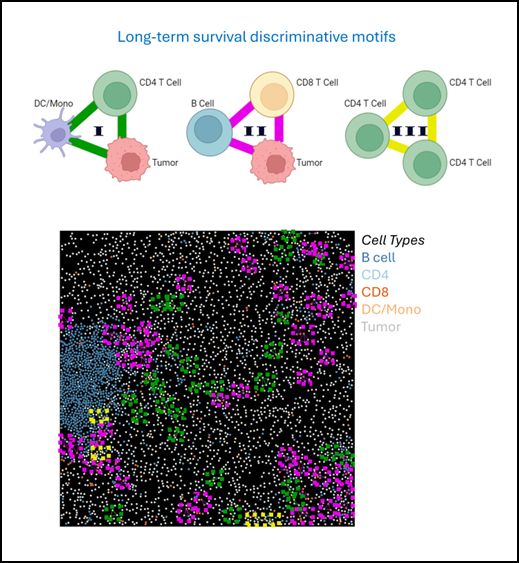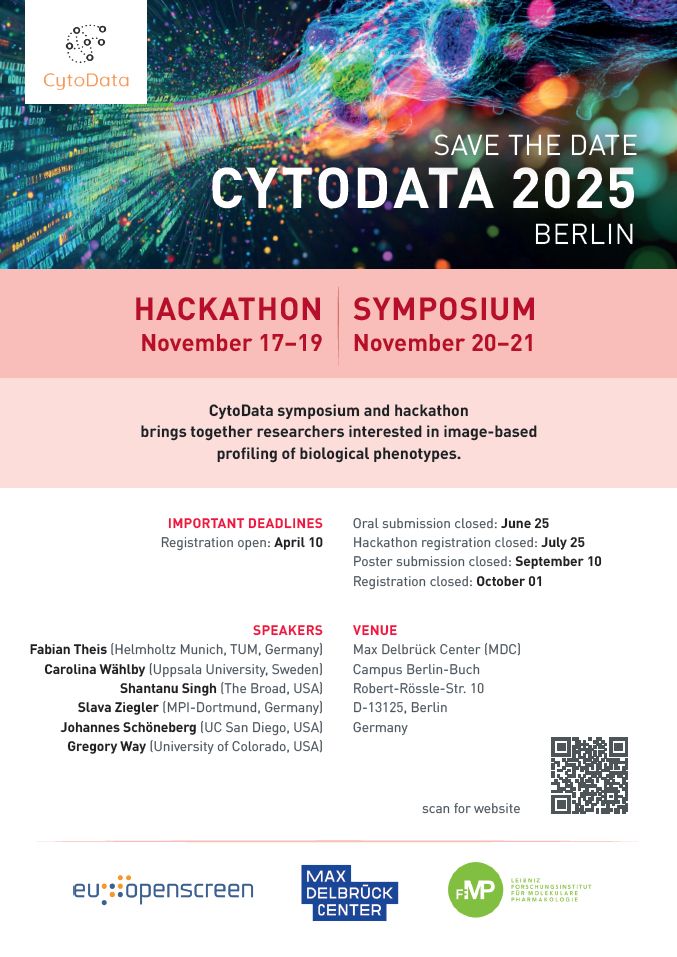Assaf Zaritsky
@assafzaritsky.bsky.social
94 followers
170 following
19 posts
Computational cell biologist
https://www.assafzaritsky.com/
Posts
Media
Videos
Starter Packs
Reposted by Assaf Zaritsky
Reposted by Assaf Zaritsky
Reposted by Assaf Zaritsky
Reposted by Assaf Zaritsky
Allen Institute
@alleninstitute.org
· Jul 8
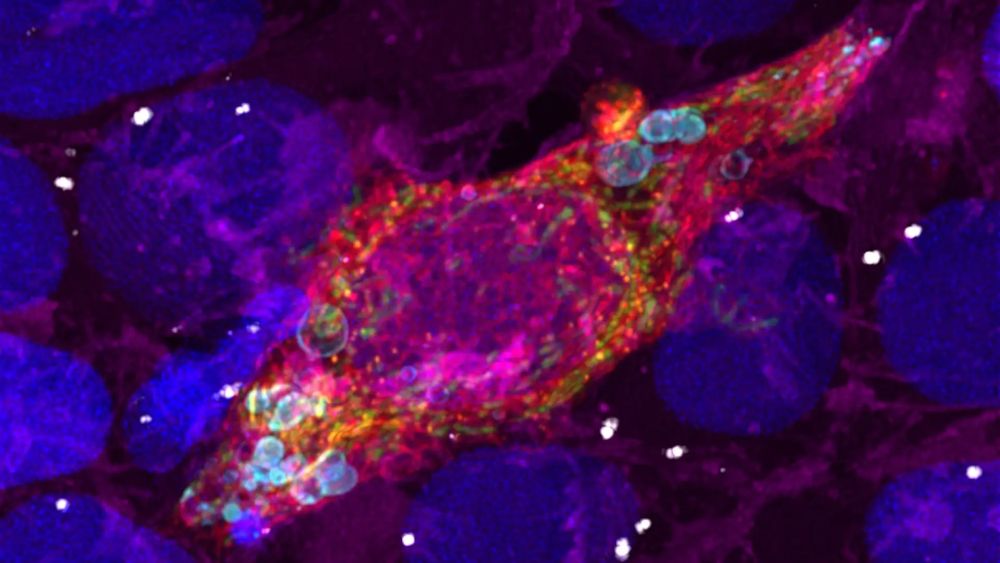
Data-driven modeling of inter-organelle dynamic interactions throughout differentiation with multispectral and label free live imaging
With funding from the Allen Distinguished Investigators program, these investigators hypothesize that complex and dynamic patterns of organelle connection and communication are distinctive across diff...
alleninstitute.org
Reposted by Assaf Zaritsky
Reposted by Assaf Zaritsky
Reposted by Assaf Zaritsky
